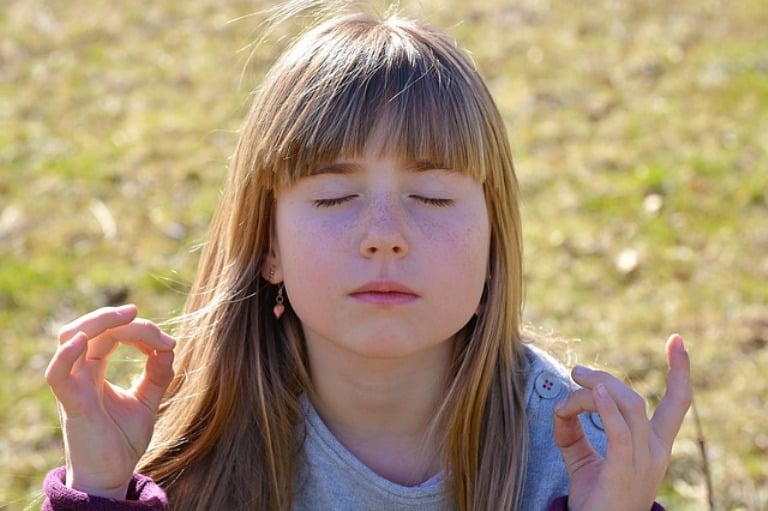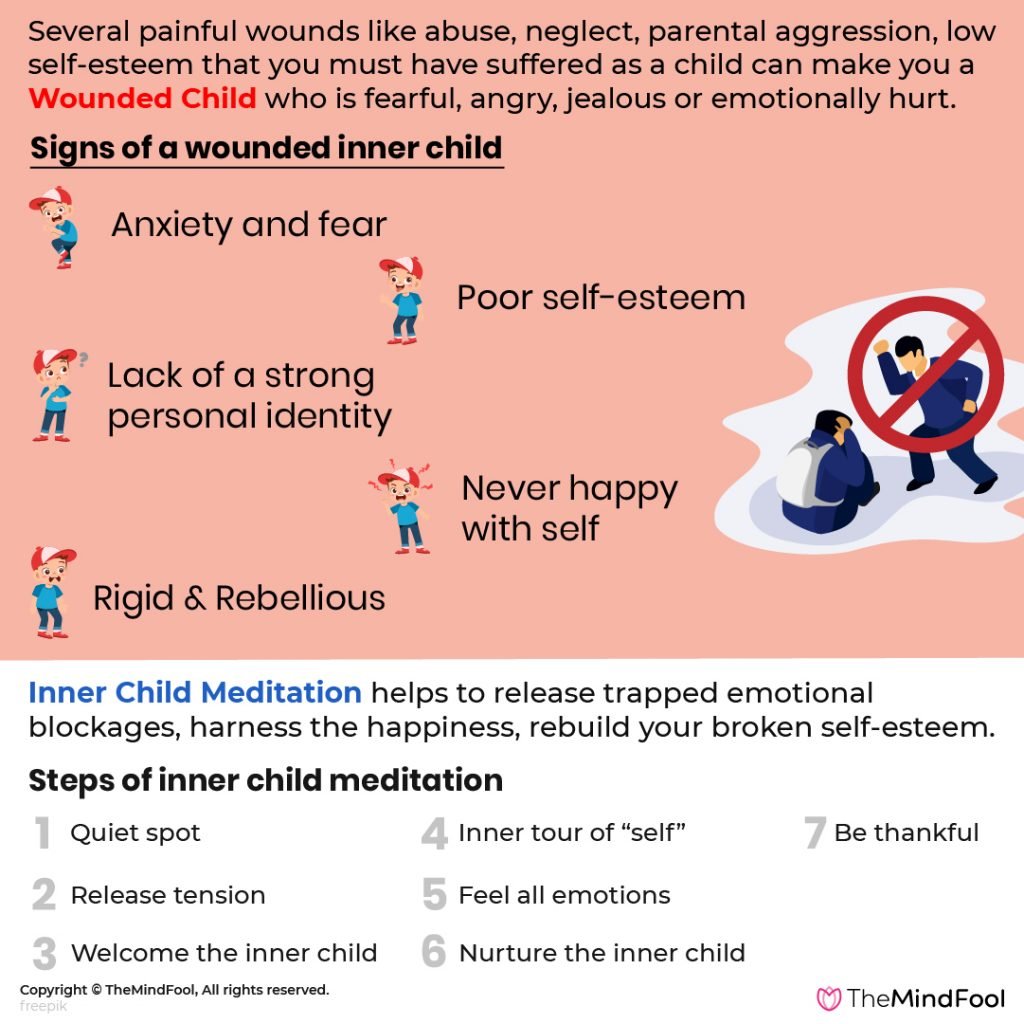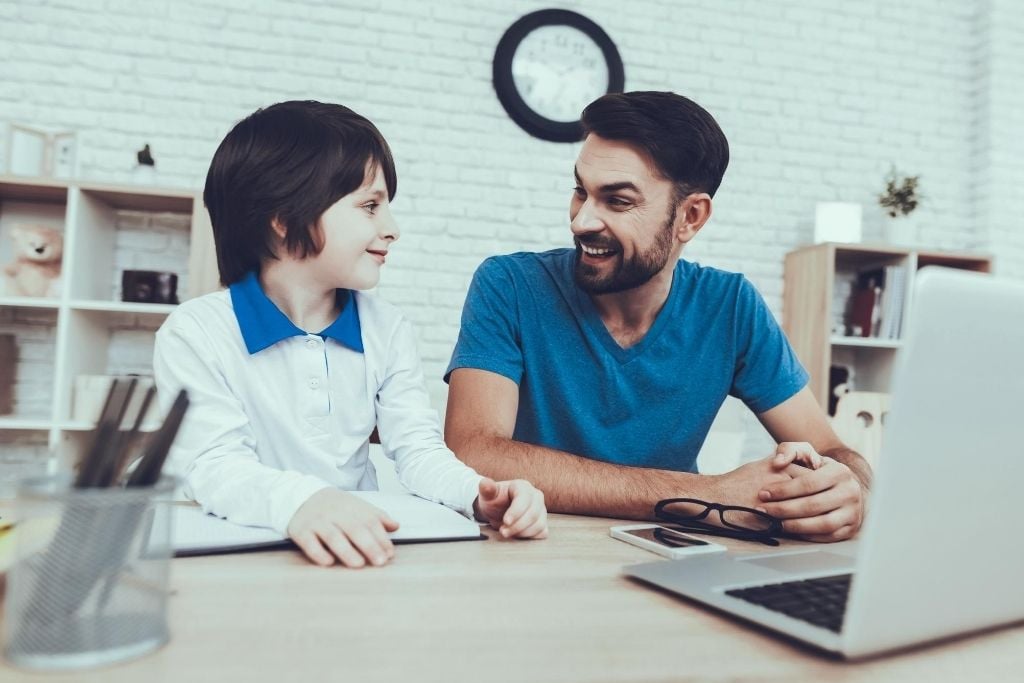
We all have a history of growing up. It is determined by our environment, past life events, significant people we meet in our lives. A healthy adult life looks into accepting, loving, and taking responsibility for a subconscious part of the “self” that is childlike and innocent. Inner child meditation is a process that allows you to accept, connect, love, and revive that part of your personality that you have lost touch with.
The “baby” within you is helpless, wounded, and damaged. It needs care, compassion, support, and security. If you ignore this part of yourself, you tend to have several emotional problems and interpersonal maladjustment. The process helps to release deep emotional blockages and you are in better control of your responses and behavior.
Inner Child Meditation Concept
SUMMARY
The meditation process of the ‘child within’ symbolizes a conscious way to acknowledge, admit, accept and be aware of all those emotional traumas, disturbing thoughts and repressed feelings.
When you are disconnected from your childhood memories, you become unaware of the root causes of many emotional and interpersonal problems that you may be suffering. Everyone is not fortunate to enjoy a fulfilling childhood with all the love and affection that they needed.
Their homes were devoid of love, care, and parental support. These children were never allowed to show their emotions or verbalize their opinions. With passing years, these agonies piled up and repressed. Feelings of inadequacy and poor self-image became apparent.
Thus, they became wounded and fragile from within. These broken parts of the “self” are brought into adult lives, creating emotional, psychological, and relational problems. The wounded inner child is hurt and grief-stricken. It needs emotional support and therapy. Getting in touch with this inner child unfolds the emotional blockages that remained repressed for years.
Through this meditation, you learn to connect with your vulnerable self. It helps you to resolve past traumatic experiences so that you can become mature and integrated into dealing with issues bothering your adult life. Thus, healing the inner child is important to live a happy and peaceful life.

Key Elements in Inner Child Meditation
Emotional healing of your wounded self is crucial to psychological well being. You can find the root cause of the challenges that you are facing as an adult. The key elements of this meditation process are as follows –
- It means treating yourself with love and understanding, care, and respect.
- You learn to self validate your deepest secrets to become secure adults. It gives a sense of emotional security and peace of mind.
- It is the authentic connection of you with an inner world of absolute peace and harmony.
- This meditation process gives you guidance and direction to undertake personal responsibility for your behavior and actions.
- You can accept yourself in an unconditional way. There is no place for self-blame and self-hatred.
The Inner Child Theory
Carl Jung coined the term “inner child” in his theory of “divine child archetype”, which he said is a representation of hope, growth, new beginnings, optimism, transformation, and miracle. The concept of the inner child is based on the fact that there is a little one within your unconscious mind.
The child can take over your thoughts and feelings when faced in a challenging situation. There are positive and negative sides associated with your inner child. The positive side is full of innocence, happiness, and fun-loving. The negative side is unmet needs, repressed emotions, pain, and suffering. This part of your inner child displays anger, fear, sadness, pessimism, and rebellion.
The inner child holds all the things that you were told or taught as a child. It involves all those traumatic experiences that have left deep scars within you. The theory looks into the fact that if you connect with your inner child and heal it from trauma, you can deal effectively with adult issues.
Your inner child feels and reacts like an adult. It is needy, insecure, and unprotected. When this child becomes an adult, those repressed feelings start to fill up his psyche and bothers him in his daily living.
Purpose of Inner Child Healing Meditation
The purpose of inner child meditation is as follows
- This child’s work helps to release trapped emotional blockages, thereby letting go of the heaviness that one might be feeling.
- The process aims to resolve childhood emotions that you still try to hold on to and harness the happiness and confidence that you require. You learn to listen, connect, and communicate with your little self and nurture it with love, care, and safety.
- Access repressed memories and gain personal power to deal with stressful situations.
- Ability to show self-compassion and being able to enjoy and live life in a better way.
- You learn to accept and feel your emotions. Honoring your repressed emotions allows you to grow emotionally and spiritually.
- Aims to rebuild your broken self-esteem.
- It gives personal power and a mature perspective to deal with negative emotional patterns.
- Inner child meditation teaches self-parenting. It helps to be aware, accept, and acknowledge the child within with self-love and compassion.
- The purpose of this meditation is to help you appreciate the goodness of your soul.
The Process of Inner Child Healing Meditation
Inner child healing is a guided meditation technique that is holistic. It consists of positive images to boost the confidence of the wounded self. It is provided by a trained practitioner or a yoga teacher via written text, audio-visual aids, music relaxation therapy, or by giving simple verbal instruction.
Contacting your inner child is a walk down memory lane. It’s a beautiful path of your inner world of innocence and creativity. There are a few guidelines to do this meditation process.
- Before you start the meditation process, be sure that you set the right atmosphere for yourself to feel and embrace all your thoughts and feelings unconditionally.
- It might be an emotional roller coaster ride for when you begin but slowly you are capable to be in absolute control and harmony.
- The thoughts that come out in the conscious realm may be painful and embarrassing. You need to accept and embrace those feelings.
- The meditation process teaches you to face trauma and challenges and avoid escapist tendencies. You are free to confront troubling situations and deal with them.
7 Steps of Inner Child Meditation
The steps involved in the process are
1. Quiet spot

To start with, find a comfortable and quiet spot, where you can meditate. You can sit comfortably on a chair or lie down on a mat. You need to do slow breathing. Breathe in and breathe out slowly and observe your disturbing thoughts. Your body should be relaxed and mind in a peaceful state.
2. Release Tension

In a deep breathing state, release any tightness that you may feel within. As you relax, try to think and recall the memories of your ‘inner child’. Think of your childhood days and release any negative emotions that may be bothering you. Embrace the good memories of your childhood.
3. Welcome your inner child

Your deep thoughts into your childhood days will help you to connect and relive your growing up years. Welcome your inner child and embrace it with open arms. You will have to accept and be aware of your childhood memories, whether good and bad.
4. Inner tour of yourself

You need to spend some quality time with your inner child in order to know him or her in a better way. He or she may reveal many painful memories from your childhood that you have forgotten. You might feel agitated or fearful at this time. Your inner self will connect you to a hidden world of pain and agonies. Embrace all your feelings as they come to you. Sway yourself in the automatic thoughts that come in and go out. Feel those thoughts and self-validate it.
5. Feel all emotions

During this introspective process, allow yourself to feel all emotions. You may feel like crying or yelling. You may experience a mixed bag of emotions at this time. Take a call of the moment and start breathing slowly. Fine-tune your thoughts and feelings and accept as they appear.
6. Nurture your inner child

In this step, you need to let go of your negative emotions and acknowledge it as a healthy part of yourself. Treat him or her with kind sayings such as ‘I love you’, ‘I hear you”, and ‘I am here for you’. When you respect your inner child, the child feels secure and protected. Recreate those things which you liked doing, being a child. Inner child healing is all about self-discovery and exploration. It’s a journey within your “childlike self” that teaches you effective behavior modules in adult life.
7. Be thankful

Lastly, thank your inner self for his or her endless support in the process of meditation. You will feel empowered with endless joy and happiness. You can liberate your psyche from emotional blockages and insecurities. Live by appreciating what you are. You should invite change for a good cause. Forgive others and let go of resentment and grudges.
Inner Child Meditation Music
The below-given video link teaches you the guided inner child meditation in a simple way. Follow the steps to move into a world of absolute peace and harmony.
WARNING
Inner child meditation may not be a smooth journey for all; for those who do not want to relive their past childhood moments and painful experiences. It may be stressful at times, but once you embrace the child within, you can heal emotionally.
We cannot move ahead in life, with many loose ends lying here and there. You need to free yourself from past burdens to live a fulfilling life.
Closing Thoughts
Your inner child is a younger you. Connecting to this little one has incredible healing power. It’s a way to check-in and reflects on your life experiences. Since human life is all about growth and evolution, it is important to tie all fragmented parts of your “self” to move ahead.
Inner child healing can create positive changes in your adult life by removing sabotaging behavior patterns. You learn to witness and embrace your thoughts and feelings as genuine and beautiful.
A Psychologist with a master's degree in Psychology, a former school psychologist, and a teacher by profession Chandrani loves to live life simply and happily. She is an avid reader and a keen observer. Writing has always been a passion for her, since her school days. It helps to de-stress and keeps her mentally agile. Pursuing a career in writing was a chance occurrence when she started to pen down her thoughts and experiences for a few childcare and parenting websites. Her lovable niche includes mental health, parenting, childcare, and self-improvement. She is here to share her thoughts and experiences and enrich the lives of few if not many.
